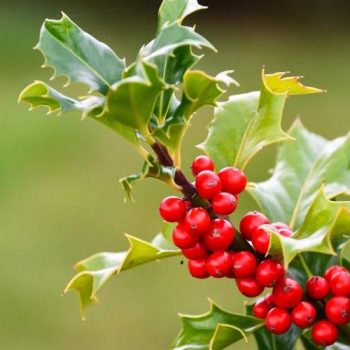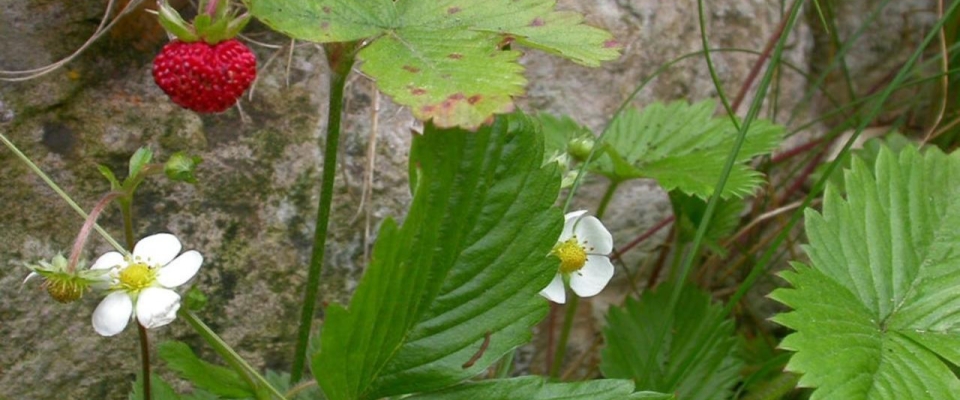
Wildlife camera project
Wildlife camera placed at Blossom Wythenshawe Park Horticultural Center Yesterday 11/05/2022 marked the first day of a new joint project with our friends Blossom Health Through Activity. The project involves the filming of plants as they grow in greenhouses from seed to full maturity using time-lapse wildlife cameras. Setup of a trial run using a Basil plant and one of Wild Manchester’s T300 Cameras started yesterday and will run for a full week. The basil plant is a relatively fast grower, so a picture taken every thirty minutes will be enough to capture the growth and movement of the plant throughout the week.


What is the project?
Well, a number of ideas have been in discussion, and if all goes to plan with the current project that we can implement the other ideas too. The project we are working on at the moment is to film runners growing from seed to harvesting using time-lapse. Sandra at Blossom suggested the Runner Bean because it is a fast grower and will be an interesting plant to film due to the way it winds, twists and crawls its way upwards, whatever is supporting it. Growing Runner Beans every year myself. I agree with Sandra. Once the plant establishes itself, its vines entangle anything in its way and very quickly.


About the Wildlife cameras
When I first arrived, it had been raining, and was overcast, but even so, the greenhouses were still warm inside. As the day progressed, the sun came out and the temperature began to rise, making the air hot, wet and sticky. Being outdoor cameras, they are designed to withstand variable temperatures and are also waterproof, so this makes them ideal for the project with Blossom. Wildlife cameras have come a long way since their first appearance and have an endless amount of uses for the Wildlife enthusiast. At Wild Manchester we use them for all kinds of scenarios such as night filming, time-lapse photography, motion detection photography, and video.
Why use trap wildlife cameras.
Wildlife trap cameras are great resources, especially for us because we can have three or four out at a time, and they can provide a good quality result. They are not easy things to master, as there are numerous things to factor in to a shoot to have any real success with them. Of course, you can just point switches on and leave them on in the hope you catch something, but planning and patience are the key to getting success every time. The trap cameras are tough and can withstand any kind of weather within reason of course, and this makes them perfect for nature filming. We do have other types of cameras suitable for nature filming like live-streaming and high quality images. Unfortunately, these are nowhere near as robust and are 5—10x the cost, which is why we use the tanks as we call them for projects like the Blossom greenhouse.
Wildlife Camera Night vision filming
What will be the result?
The project at Blossom will roughly take a month to complete; during that time we will take weekly progress pictures and put them on this page. At the end of the month, we will take all the pictures and put them in a special software program. There can be up to two thousand images, which we will then make into a short five-minute mp4 video. The completed video will be on the Blossom social media, and their Website, as well as Wild Manchester.































